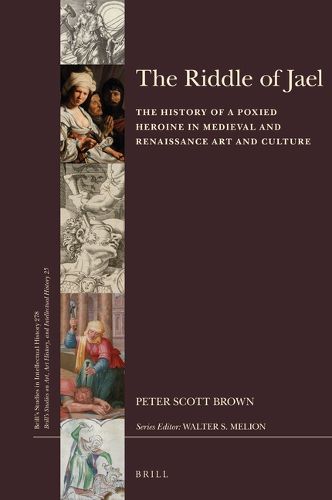Readings Newsletter
Become a Readings Member to make your shopping experience even easier.
Sign in or sign up for free!
You’re not far away from qualifying for FREE standard shipping within Australia
You’ve qualified for FREE standard shipping within Australia
The cart is loading…






Winner of the 2019 SECAC Award for Excellence in Scholarly Research and Publication
In The Riddle of Jael, Peter Scott Brown offers the first history of the Biblical heroine Jael in medieval and Renaissance art. Jael, who betrayed and killed the tyrant Sisera in the Book of Judges by hammering a tent peg through his brain as he slept under her care, was a blessed murderess and an especially fertile moral paradox in the art of the early modern period.
Jael’s representations offer insights into key religious, intellectual, and social developments in late medieval and early modern society. They reflect the influence on art of exegesis, the Reformation and Counter-Reformation, humanism and moral philosophy, misogyny and the battle of the sexes, the emergence of syphilis, and the Renaissance ideal of the artist.
$9.00 standard shipping within Australia
FREE standard shipping within Australia for orders over $100.00
Express & International shipping calculated at checkout
Winner of the 2019 SECAC Award for Excellence in Scholarly Research and Publication
In The Riddle of Jael, Peter Scott Brown offers the first history of the Biblical heroine Jael in medieval and Renaissance art. Jael, who betrayed and killed the tyrant Sisera in the Book of Judges by hammering a tent peg through his brain as he slept under her care, was a blessed murderess and an especially fertile moral paradox in the art of the early modern period.
Jael’s representations offer insights into key religious, intellectual, and social developments in late medieval and early modern society. They reflect the influence on art of exegesis, the Reformation and Counter-Reformation, humanism and moral philosophy, misogyny and the battle of the sexes, the emergence of syphilis, and the Renaissance ideal of the artist.